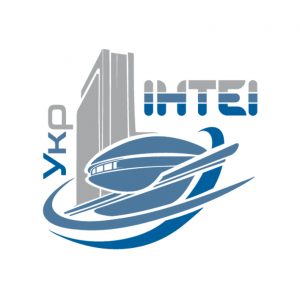http://doi.org/10.35668/2520-6524-2019-4-02
Kiryukhin M.M. — PhD in Physics and Mathematics, Senior Researcher, President of Union of scientific and engineering societies of Ukraine, 21 Sichovykh Striltsiv Str., Kyiv, Ukraine, 04050; +38 (044) 272-42-85; info@snio.org.ua; ORCID: 0000-0001-6017-4043
TOP-4 SECRETS FOR SCIENCE LITERACY PROMOTION
Abstract. This article informs about new segment of scientific activity, which is developing rapidly through the entire world, namely: science literacy. The results of two international conferences on the subject (Beijing, 2018 and 2019) were presented. Discussions on these conferences gives enough confirmations that science literacy has its own niche (target group, methodology, etc.), which is differ from well-known STEM (science, technology, engineering, mathematics). The main objective of STEM is the selection of talented individuals. The same time certain amount of scientific information is required not only for the mentioned individuals but also for the rest people of our planet. It is impossible to identify correctly what is the percentage of population has interest in specific scientific information. But there are no doubts that all inhabitants of the Earth should have fair information of how science, technology and engineering would change their personal life in the nearest and far future. Climate change is the most evident example. But one also can add artificial intelligence as well as irradiation influence from cell phones on the brain, or shortage of pure water and etc. To cover above demands the specific area of scientific activity should be distinguished. The natural name of this area is science literacy. As the first step of science literacy identification the author gives its own definition of new area of scientific activity. The specific promotion tools for this new area of scientific activity already exist worldwide. They are: popular science books, technical museums and etc. Author analyzed these tools and made the conclusion that for efficient science literacy promotion they should be: a) inexpensive; b) reproducible; c) interesting; d) using modern technologies. The examples, which confirm this conclusion, were listed. The action plan was proposed for more efficient international promotion of science literacy.
Key words: science literacy, STEM (science, technology, engineering, mathematics), Definitions, implementation tools.
REFERENCES
- Web-site of China Association for Science and Technology. Retrieved from: www.cast.org.cn.
- Program and abstracts of the World Conference on Science Literacy (2019). Beijing, China, October. 16–17, 100 p.
- Web-site of the US Department of Education. Retrieved from: https://www.ed.gov/stem.
- UN 17 Sustainable Development Goals. Retrieved from: https://sustainabledevelopment.un.org/?menu=1300.
- Web-site of European Associations: FEANI and EAHP. Retrieved from: https://www.feani.org/, https://www.eahp.eu/hp-practice/hospital-pharmacy/common-training-framework-0.
- Program and abstracts of the Round Table on the World Conference on Science Literacy (2019). Beijing, China, October. 16–17, 49 p.
- Web-site of the Center of Scientific and Technical Creativity of the Youth Sphere. Retrieved from: https://www.ed.gov/stem.

